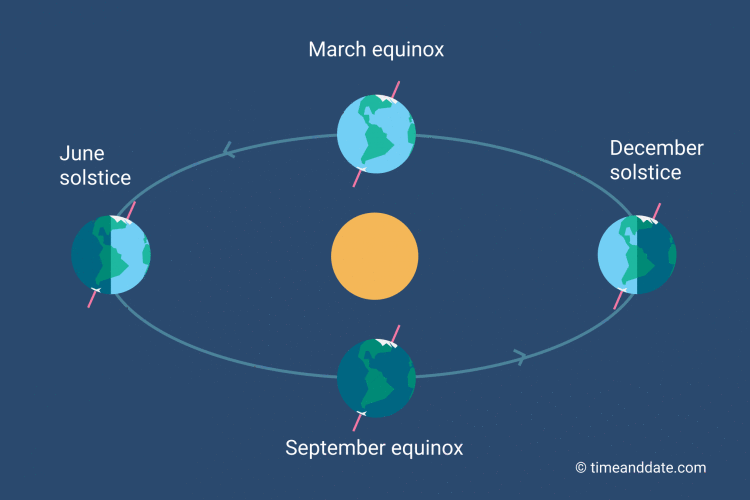As we know, the sun stays in its position always at the center of the solar system. It appears to rise because of the Earth's rotation on its axis.
So, I have two questions on this. Why do parts of Alaska go dark for nearly 70 days per year? And same for Norway, but in reverse - for about a period of approximately 76 days (May to late July), the sun never seems to "set." Bright sunlight can appear for nearly 20 hours, daily, during those months! How does the Earth make this ''shift'' then to Alaska and Norway experiencing ''even'' amounts of sunlight, as other parts of the world?
So, I have two questions on this. Why do parts of Alaska go dark for nearly 70 days per year? And same for Norway, but in reverse - for about a period of approximately 76 days (May to late July), the sun never seems to "set." Bright sunlight can appear for nearly 20 hours, daily, during those months! How does the Earth make this ''shift'' then to Alaska and Norway experiencing ''even'' amounts of sunlight, as other parts of the world?




